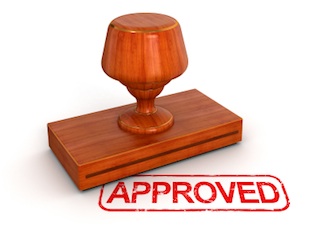
When a trademark application is filed with the United States Patent and Trademark Office (USPTO), it is subsequently assigned to an Examining Attorney who reviews the application for errors, omissions or other substantive issues that may bar registration. One of the most common issues that may block your trademark application at the USPTO is a likelihood of confusion with another mark.
If the Examining Attorney finds that the applied-for trademark is confusingly similar to a registered or pending trademark, he or she will issue an Office Action setting forth the basis for that determination. In short, the Examining Attorney is of the opinion that the trademark sought to be registered, as applied to the goods or services set forth in the trademark application, is likely to be confused with a mark in a prior registration and the goods or services covered by that registration.
But the consideration of whether a likelihood of confusion exists does not solely involve the goods or services set forth in each application. The standard is consumer confusion – regular consumers making ordinary purchasing decisions. In evaluating a new trademark application, the USPTO considers whether the average consumer making a purchase in the marketplace, based on similarities between the marks and other factors, is likely to assume the goods or services bearing the marks originate from the same source or are related. If the average consumer may be confused into thinking the goods or services covered by the respective trademarks come from the same source, affiliated sources or have common sponsorship, then a likelihood of confusion exists.
If your trademark application is rejected on the basis of likelihood of confusion, you have six months from the date of the Office Action to dispute the Examiner’s findings and present arguments and evidence to the USPTO supporting your position and why your mark should be allowed registration. These arguments should attempt to distinguish the marks themselves, and/or the goods and services covered in each application. Whether the Examining Attorney will accept the arguments presented depends on the Examiner and is considered on a case-by-case basis.
For more information on likelihood of confusion, USPTO Office Action responses or other trademark refusals, please contact us to schedule a complimentary consultation with a trademark attorney.






